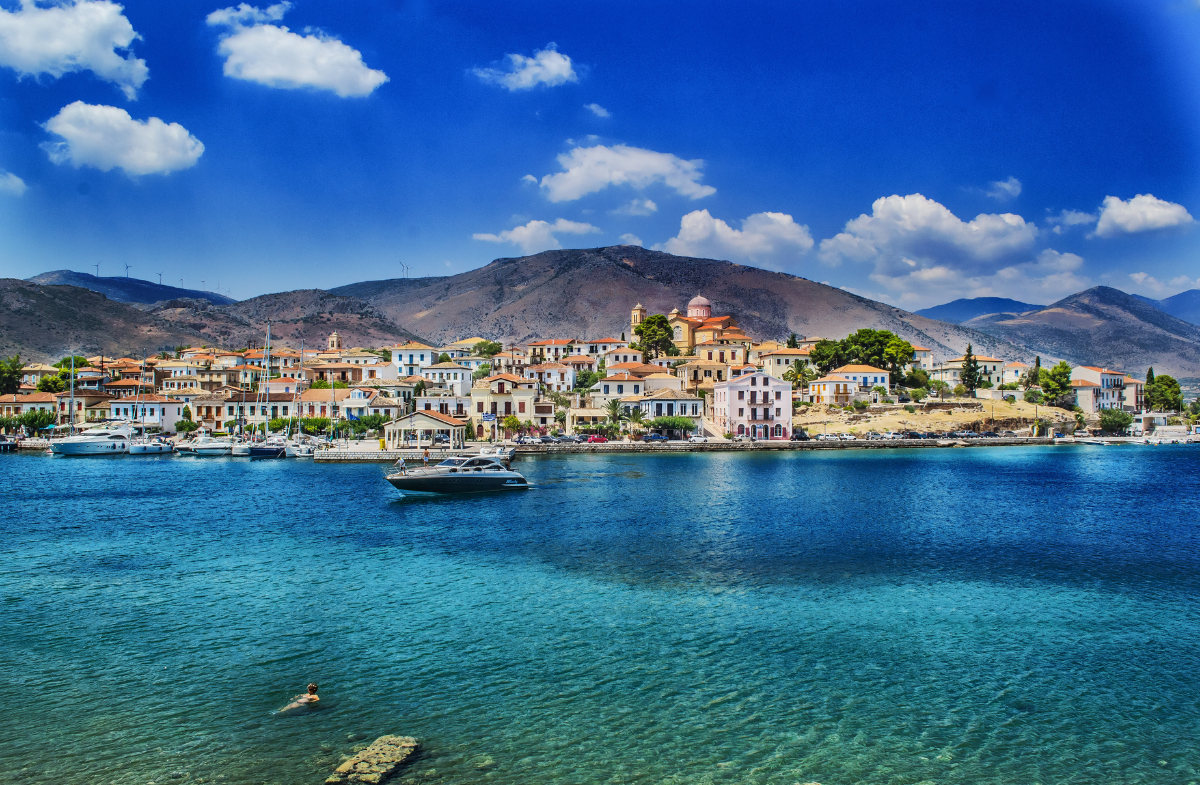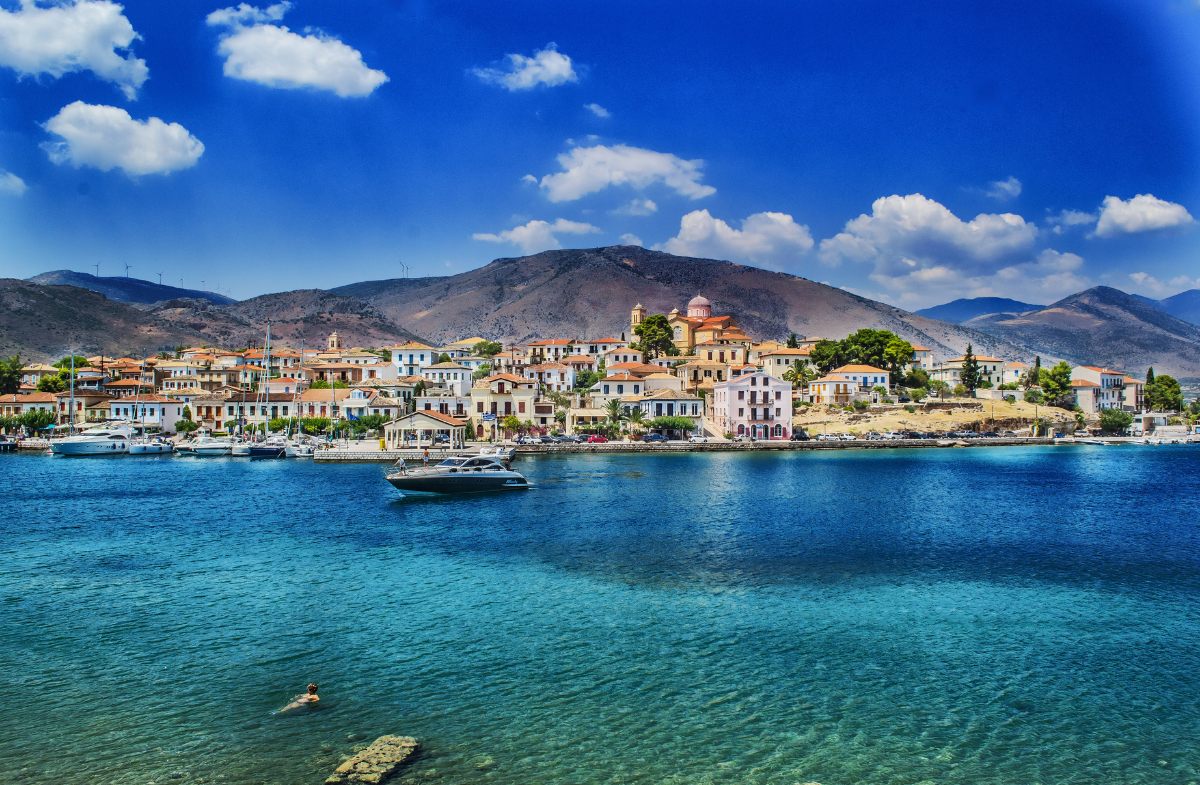
Το νέφος είναι μια πυκνή ομίχλη αναμεμειγμένη με καπνό ή καυσαέρια αυτοκινήτου. Εμφανίζεται συχνότερα σε μεγάλες πόλεις και βιομηχανικές περιοχές. Δημιουργείται από ρύπους όπως η σκόνη και τα αέρια. Οι κοιλάδες είναι κυρίως εκτεθειμένες στην αιθαλομίχλη. Ποιοι ρύποι είναι οι πιο επιβλαβείς; Οι διοξίνες, τα φουράνια...







